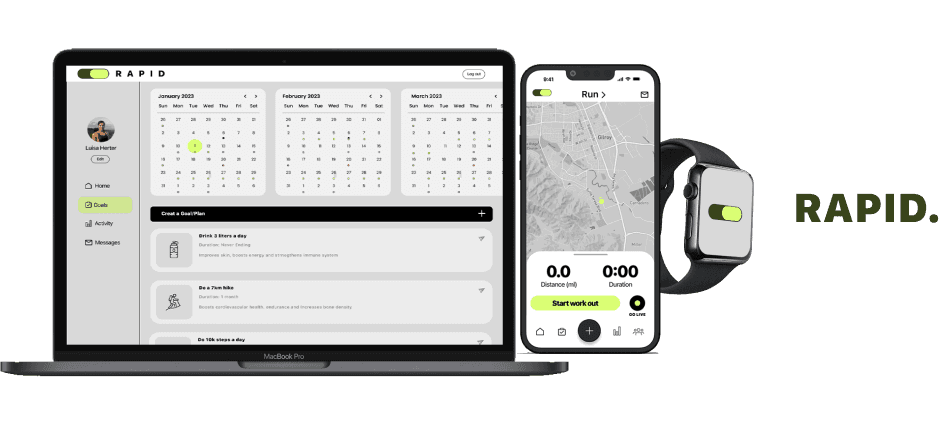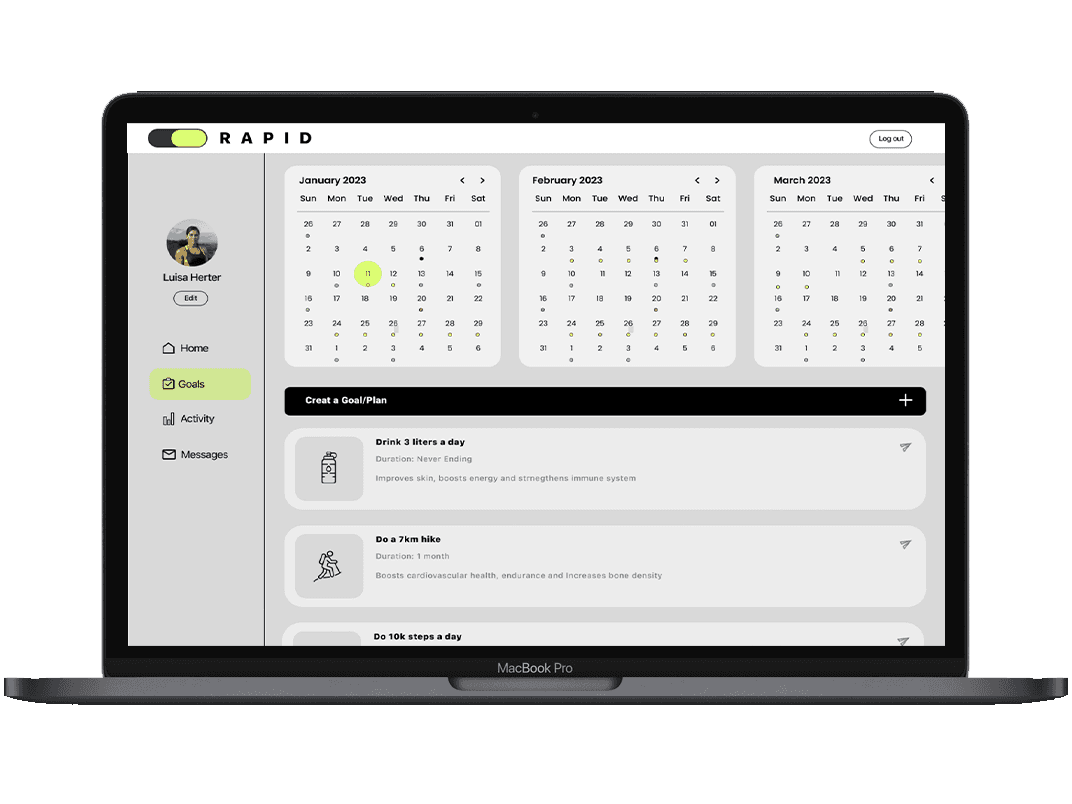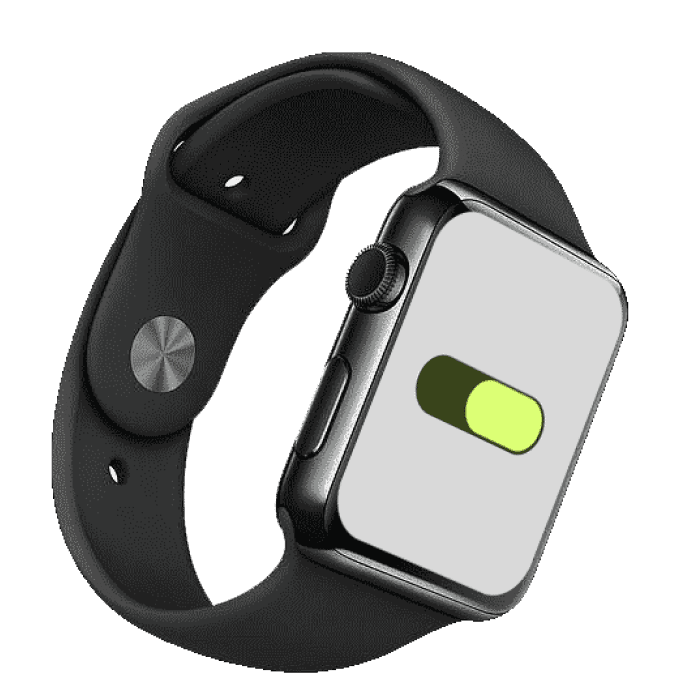
Ultimate comfort, conflict- free rides and safety: Embrace the Future of Autonomous Vehicles with EASE
Ultimate comfort, conflict- free rides and safety: Embrace the Future of Autonomous Vehicles with EASE
Ultimate comfort, conflict- free rides and safety: Embrace the Future of Autonomous Vehicles with EASE
Role: UX/UI Designer, solo student project
Role: UX/UI Designer, solo student project
Role: UX/UI Designer, solo student project
Timeline: 15 weeks
Timeline: 15 weeks
The Challenge.
The Challenge.
The Challenge.
As passenger ride times continue to rise exponentially, we are confronted with the persistent challenges in vehicle cabins. Like the lack of comfort and increase of inter passenger conflicts. Despite the advent of autonomous vehicles, we have yet to effectively address these significant issues. With the increased duration spent among passengers, it is imperative that we develop innovative solutions to foster safe, harmonious and comfortable shared spaces.
As passenger ride times continue to rise exponentially, we are confronted with the persistent challenges in vehicle cabins. Like the lack of comfort and increase of inter passenger conflicts. Despite the advent of autonomous vehicles, we have yet to effectively address these significant issues. With the increased duration spent among passengers, it is imperative that we develop innovative solutions to foster safe, harmonious and comfortable shared spaces.
As passenger ride times continue to rise exponentially, we are confronted with the persistent challenges in vehicle cabins. Like the lack of comfort and increase of inter passenger conflicts. Despite the advent of autonomous vehicles, we have yet to effectively address these significant issues. With the increased duration spent among passengers, it is imperative that we develop innovative solutions to foster safe, harmonious and comfortable shared spaces.
Users have control over seat adjustments for increased personalization, allowing modification for different circumstances and avoiding inter passenger discomfort while maximizing comfort.
Ability to drag, create and experiment different seating positions
Users have control over seat adjustments for increased personalization, allowing modification for different circumstances and avoiding inter passenger discomfort while maximizing comfort.
Ability to drag, create and experiment different seating positions
Users can activate an pre set emergency procedure that triggers a list of responses, such as direct routes to a safer location and/or actions that stop the attacker like un shading windows and stopping vehicle etc. This life-saving feature aims to protect the hundreds of thousands of users who face harassment, injury, and assaults annually.
Instant emergency activation via trigger word, movement, or button.
Users can activate an pre set emergency procedure that triggers a list of responses, such as direct routes to a safer location and/or actions that stop the attacker like un shading windows and stopping vehicle etc. This life-saving feature aims to protect the hundreds of thousands of users who face harassment, injury, and assaults annually.
Instant emergency activation via trigger word, movement, or button.
The EASE app eliminates educational barriers by providing step-by-step lessons tailored to the needs of new and recurring users. This feature ensures that learning is accessible and inclusive for all.
Simplifying the introduction to new funcionalities
The EASE app eliminates educational barriers by providing step-by-step lessons tailored to the needs of new and recurring users. This feature ensures that learning is accessible and inclusive for all.
Simplifying the introduction to new funcionalities
The Solution
Users now personalize shade levels, seat and environment temperature and much more.
Conflict is minimized through live anonymous voting, enabling clear and direct decision-making with others over the modification of setting in the cabin.
Users can personalize the environment before their vehicle gets to them, ultimately eliminating flow of manually adjusting everything on the spot
Extreme personalization and democratization of the cabin
Extreme personalization and democratization of the cabin
The Solution
Users now personalize shade levels, seat and environment temperature and much more.
Conflict is minimized through live anonymous voting, enabling clear and direct decision-making with others over the modification of setting in the cabin.
Users can personalize the environment before their vehicle gets to them, ultimately eliminating flow of manually adjusting everything on the spot
Extreme personalization and democratization of the cabin
Users can activate an pre set emergency procedure that triggers a list of responses, such as direct routes to a safer location and/or actions that stop the attacker like un shading windows and stopping vehicle etc. This life-saving feature aims to protect the hundreds of thousands of users who face harassment, injury, and assaults annually.
Instant emergency activation via trigger word, movement, or button.
Users have control over seat adjustments for increased personalization, allowing modification for different circumstances and avoiding inter passenger discomfort while maximizing comfort.
Ability to drag, create and experiment different seating positions
The EASE app eliminates educational barriers by providing step-by-step lessons tailored to the needs of new and recurring users. This feature ensures that learning is accessible and inclusive for all.
Simplifying the introduction to new funcionalities

Customization, safety and the lack of conflict avoidance were a huge issue.
The Main Findings
Users often didn't have a emergency plan in mind
Passengers lacked quick easy access to emergency feature on ride hailing apps
Passengers felt limited or unaware of ways of being helped
Safety
Other passengers often did changes without permission
Passengers were indecisive amongst others
Passengers were scared that they were unable to communicate an emergency if needed so
Communication
Having the ability to modify their environment was a prevalent form of diving spaces.
Passenger comfort increased when all parts of environment could be modified
Unclear instructions of features within ride hailing apps.
Customization
The Secondary Research
The Secondary Research
“70% of people admitted being involved in an argument in a car at least once a month”
- The British car accessories retailer Halfords / The New York Times
“70% of people admitted being involved in an argument in a car at least once a month”
- The British car accessories retailer Halfords / The New York Times
“70% of people admitted being involved in an argument in a car at least once a month”
- The British car accessories retailer Halfords / The New York Times
My research included:
Identifying the types of inter passenger problems that exist in all forms of private and public forms of transport.
Researching reasons families had so many problems in vehicles.
Reasons why users avoided shared vehicles
Researching future of mobility and interior design of autonomous cars
My research included:
Identifying the types of inter passenger problems that exist in all forms of private and public forms of transport.
Researching reasons families had so many problems in vehicles.
Reasons why users avoided shared vehicles
Researching future of mobility and interior design of autonomous cars
As an initial step in addressing this problem and gaining a comprehensive understanding of all potential and existing issues, my intention is to delve into research focusing on the universally recognized prominent pain points in vehicle cabins, namely comfort and conflict. With inicial research i was able to further refine the research, I will explore more specific forms of the problem,
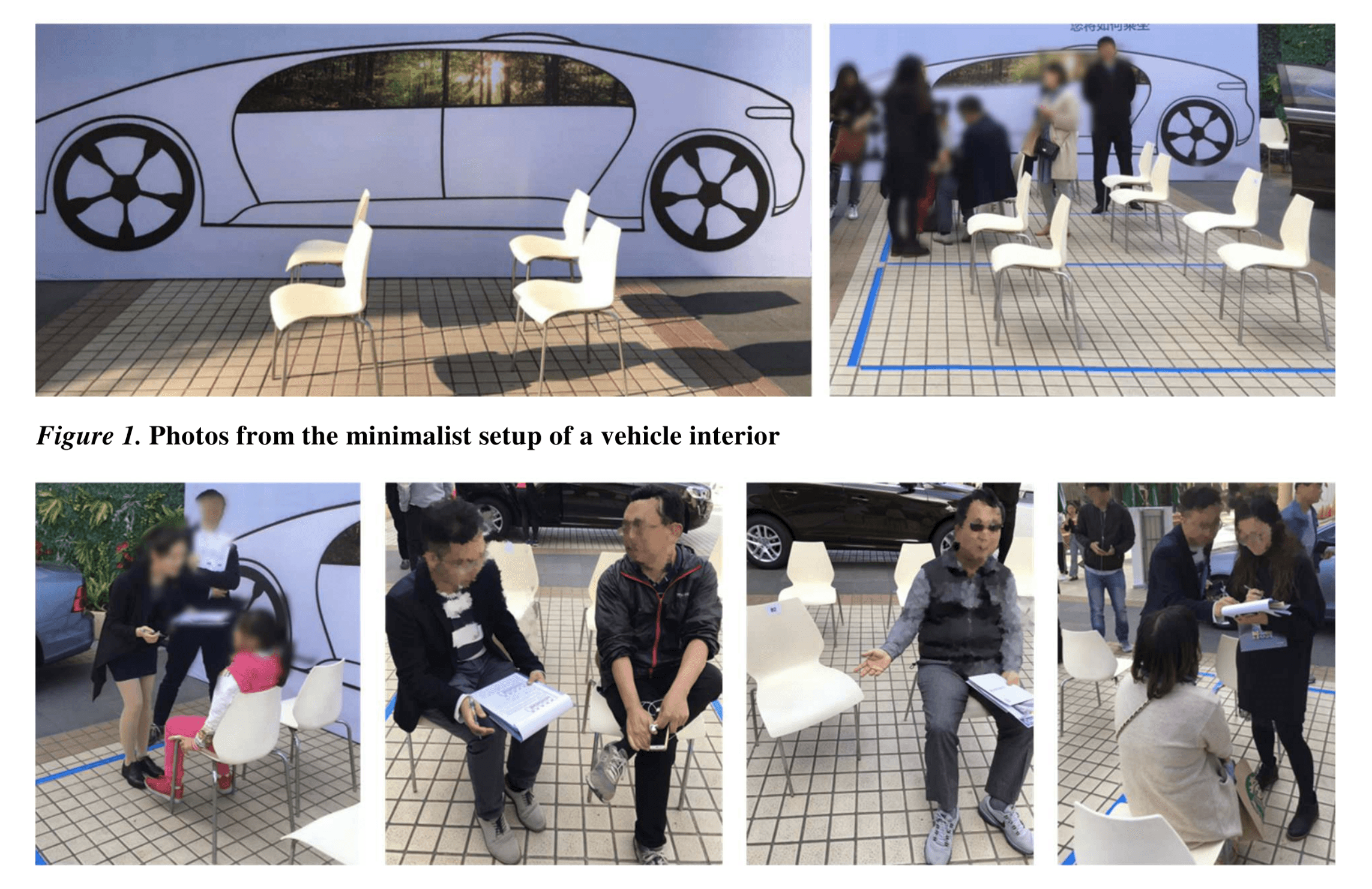


Image by researchers Martin Östling and Annika Larsson experimenting passenger behavior in modular vehicle seats.
Image by researchers Martin Östling and Annika Larsson experimenting passenger behavior in modular vehicle seats.
Competitive analysis
Interview questions that i came up with based on my secondary research:
Tell me about how conflicts between passengers normally arise.
Tell me about how you deal with uncomfortable situations.
What are the reasons you wouldn't ride-share with others?
Tell me about your worst and best experience in a car.
Describe what discomfort means to you.
Describe what comfort means to you.
Interviews
Through conducting interviews, my aim was to foster empathy and gain a deeper understanding of the challenges faced by users, particularly those who constantly live or have lived in chaotic and unsafe vehicle cabins. Despite not being a woman, nor a mother or father, I immersed myself in the experiences of 11 users from North America, South America, and Europe. Their generous sharing of personal stories and strong opinions provided valuable insights into the difficulties encountered in their passenger experiences. This eye-opening process shed light on the dynamics of these environments and enhanced my understanding.
end
flip
mute
effects
Camera Off
Speaker



Discoveries
Conflict
Arguments between families arise most often on longer rides
Sexual assault, general harassment and disagreement in between passengers are the most common forms of conflict
Various cultures use the separation of genders, by the use of gender assigned train cabins and buses
Autonomous cars are gonna have a lot more personalization
“They expect fully automated vehicles to allow reclined sitting, versions of a living room setup and more”
- Paper on occupant activities and sitting positions in automated vehicles
“The U.S. Patent & Trademark Office published patent applications from Apple that are specifically related to adjustable window tinting systems for future semi and fully autonomous vehicles”
-Sean Szymkowski (CNET)
Future of Mobility
How have competitors in the ride-sharing industry have assisted users during difficult and unpleasent situations?
Understand the factors that contribute to making users feel more comfortable with interior vehcile cabin spaces
Goal of the analysis
SWOT Analysis
Real-time tracking of the driver and vehicle during the trip
Option to share the trip status with friends and family
In-app panic button for emergency situations
Strength
Lack of education on passenger safety and en fases of it on the onboarding
Lack of clear guidelines on passenger behavior and etiquette
Poor communication during emergencies or unexpected situations
Weaknesses
Could include some sort of feature to facilitate communication with first responders
Educate users better on features when their already on their way
Add more customization to the app, allowing users to play with UI
Opportunities
Apple watch and other devices are alerting authorities of specific emergencies
Many ride-sharing apps already have large control of the overall market
Other apps have alot of data on user already
Threats


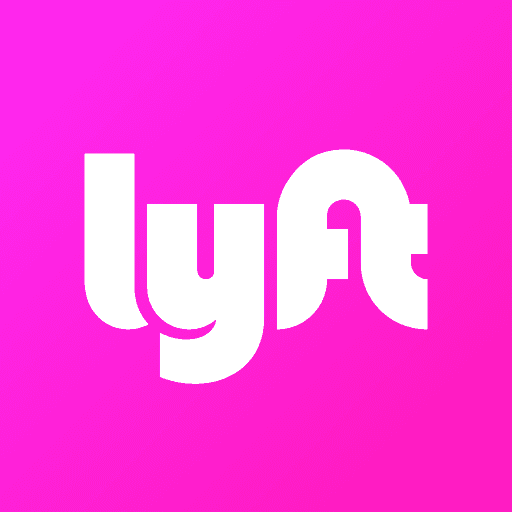



UBER
Lyft
99 Taxi
Apps
Apps
Apps
Emergency button
Prioritizes safety on onboarding
Messaging
Features to decrease tension
Easy to explore
I chose to conduct a SWOT analysis to gain a deeper understanding of the functioning and overall experience of ride-sharing apps. I recognized that these apps represent a universal platform through which everyday passengers have a certain level of control over their trip experience. By identifying the strengths, weaknesses, opportunities, and threats (SWOTs) associated with these apps, I aim to comprehensively comprehend their features and the overall user experience they provide.
“It took months for me to be able to ride with others, trusting other passengers was close to impossible after the accident” - USER #3
“ Family road trips are out of the picture now a days. Arguments created over enviroment prefereences have ingulfed and stained every ride” USER #8
“ Family road trips are out of the picture now a days. Arguments created over enviroment prefereences have ingulfed and stained every ride” USER #8
“ Family road trips are out of the picture now a days. Arguments created over enviroment prefereences have ingulfed and stained every ride” USER #8
“ I tried to face by body away from him, i put the arm rest down and shielded myself, but there was nothing else in the vehicle i could use to create some sort of visual barrier.” USER #10
“It took months for me to be able to ride with others, trusting other passengers was close to impossible after the accident” - USER #3
“It took months for me to be able to ride with others, trusting other passengers was close to impossible after the accident” - USER #3
“ I tried to face by body away from him, i put the arm rest down and shielded myself, but there was nothing else in the vehicle i could use to create some sort of visual barrier.” USER #10
“ I tried to face by body away from him, i put the arm rest down and shielded myself, but there was nothing else in the vehicle i could use to create some sort of visual barrier.” USER #10

Afinnity mapping
Afinnity mapping
When I initially embarked on the research, I couldn't fathom the wealth of information I would uncover despite the relatively narrow scope. To effectively organize the findings, I opted to create an affinity map for presentation with my peers. Subsequently, I condensed and summarized the most significant findings and highlighting their importance.
Discoveries
Discoveries
Discoveries
Conflict
Conflict
Conflict
Arguments between families arise most often on longer rides
Arguments between families arise most often on longer rides
Arguments between families arise most often on longer rides
Sexual assault, general harassment and disagreement in between passengers are the most common forms of conflict
Sexual assault, general harassment and disagreement in between passengers are the most common forms of conflict
Sexual assault, general harassment and disagreement in between passengers are the most common forms of conflict
Various cultures use the separation of genders, by the use of gender assigned train cabins and buses
Various cultures use the separation of genders, by the use of gender assigned train cabins and buses
Various cultures use the separation of genders, by the use of gender assigned train cabins and buses
Autonomous cars are gonna have a lot more personalization
Autonomous cars are gonna have a lot more personalization
Autonomous cars are gonna have a lot more personalization
“They expect fully automated vehicles to allow reclined sitting, versions of a living room setup and more”
- Paper on occupant activities and sitting positions in automated vehicles
“They expect fully automated vehicles to allow reclined sitting, versions of a living room setup and more”
- Paper on occupant activities and sitting positions in automated vehicles
“They expect fully automated vehicles to allow reclined sitting, versions of a living room setup and more”
- Paper on occupant activities and sitting positions in automated vehicles
“The U.S. Patent & Trademark Office published patent applications from Apple that are specifically related to adjustable window tinting systems for future semi and fully autonomous vehicles”
-Sean Szymkowski (CNET)
“The U.S. Patent & Trademark Office published patent applications from Apple that are specifically related to adjustable window tinting systems for future semi and fully autonomous vehicles”
-Sean Szymkowski (CNET)
“The U.S. Patent & Trademark Office published patent applications from Apple that are specifically related to adjustable window tinting systems for future semi and fully autonomous vehicles”
-Sean Szymkowski (CNET)
Future of Mobility
Future of Mobility
Future of Mobility

Customization, safety and the lack of conflict avoidance were a huge issue.
The Main Findings
Users often didn't have a emergency plan in mind
Passengers lacked quick easy access to emergency feature on ride hailing apps
Passengers felt limited or unaware of ways of being helped
Safety
Other passengers often did changes without permission
Passengers were indecisive amongst others
Passengers were scared that they were unable to communicate an emergency if needed so
Communication
Having the ability to modify their environment was a prevalent form of diving spaces.
Passenger comfort increased when all parts of environment could be modified
Unclear instructions of features within ride hailing apps.
Customization

Customization, safety and the lack of conflict avoidance were a huge issue.
The Main Findings
Users often didn't have a emergency plan in mind
Passengers lacked quick easy access to emergency feature on ride hailing apps
Passengers felt limited or unaware of ways of being helped
Safety
Other passengers often did changes without permission
Passengers were indecisive amongst others
Passengers were scared that they were unable to communicate an emergency if needed so
Communication
Having the ability to modify their environment was a prevalent form of diving spaces.
Passenger comfort increased when all parts of environment could be modified
Unclear instructions of features within ride hailing apps.
Customization
How have competitors in the ride-sharing industry have assisted users during difficult and unpleasent situations?
Understand the factors that contribute to making users feel more comfortable with interior vehcile cabin spaces
Goal of the analysis
SWOT Analysis



I chose to conduct a SWOT analysis to gain a deeper understanding of the functioning and overall experience of ride-sharing apps. I recognized that these apps represent a universal platform through which everyday passengers have a certain level of control over their trip experience. By identifying the strengths, weaknesses, opportunities, and threats (SWOTs) associated with these apps, I aim to comprehensively comprehend their features and the overall user experience they provide.
Real-time tracking of the driver and vehicle during the trip
Option to share the trip status with friends and family
In-app panic button for emergency situations
Strength
Lack of education on passenger safety and en fases of it on the onboarding
Lack of clear guidelines on passenger behavior and etiquette
Poor communication during emergencies or unexpected situations
Weeknesses
Could include some sort of feature to facilitate communication with first responders
Educate users better on features when their already on their way
Add more customization to the app, allowing users to play with UI
Opportunities
Apple watch and other devices are alerting authorities of specific emergencies
Many ride sharing apps already have large control of the overall market
Other apps have alot of data on user already
Threats
Competitive analysis
Interview questions that i came up with based on my secondary research:
Tell me about how conflicts between passengers normally arise.
Tell me about how you deal with uncomfortable situations.
What are the reasons you wouldn't ride-share with others?
Tell me about your worst and best experience in a car.
Describe what discomfort means to you.
Describe what comfort means to you.
Interviews
Through conducting interviews, my aim was to foster empathy and gain a deeper understanding of the challenges faced by users, particularly those who constantly live or have lived in chaotic and unsafe vehicle cabins. Despite not being a woman, nor a mother or father, I immersed myself in the experiences of 11 users from North America, South America, and Europe. Their generous sharing of personal stories and strong opinions provided valuable insights into the difficulties encountered in their passenger experiences. This eye-opening process shed light on the dynamics of these environments and enhanced my understanding.
end
flip
mute
effects
Camera Off
Speaker

Having the ability to modify their environment was a prevalent form of diving spaces.
Passenger comfort increased when all parts of environment could be modified
Unclear instructions of features within ride hailing apps.
Customization
Users often didn't have a emergency plan in mind
Passengers lacked quick easy access to emergency feature on ride hailing apps
Passengers felt limited or unaware of ways of being helped
Safety
Other passengers often did changes without permission
Passengers were indecisive amongst others
Passengers were scared that they were unable to communicate an emergency if needed so
Communication

The Main Findings
Customization, safety and the lack of conflict avoidance were a huge issue.
I got too attached to an idea and couldn't understand how i could implement my findings into some other form. Having conversations with users, colleagues and doing further research helped break this setback and allowed me dive into protyping and testing.
I got too attached to an idea and couldn't understand how i could implement my findings into some other form. Having conversations with users, colleagues and doing further research helped break this setback and allowed me dive into protyping and testing.
Biggest Setback
Biggest Setback
The Design
The Design
The Design
Principals i set based on my research were:
Creating solutions to avoid inter passenger conflicts and minimize tension
Creating an interface that easily and intuitively provided a wide range of customization before and during a ride
Having actions just 2 to 1 to zero taps away
After gathering all the research findings and identifying the main pain points, I proceeded to ideate and analyze potential solutions. To guide the design process, I established principles based on my research.
Wireframes and User tests
Users always wanted to have access to the customization of their environment even before the ride started, i had not included it into the original screen.
1
3
4
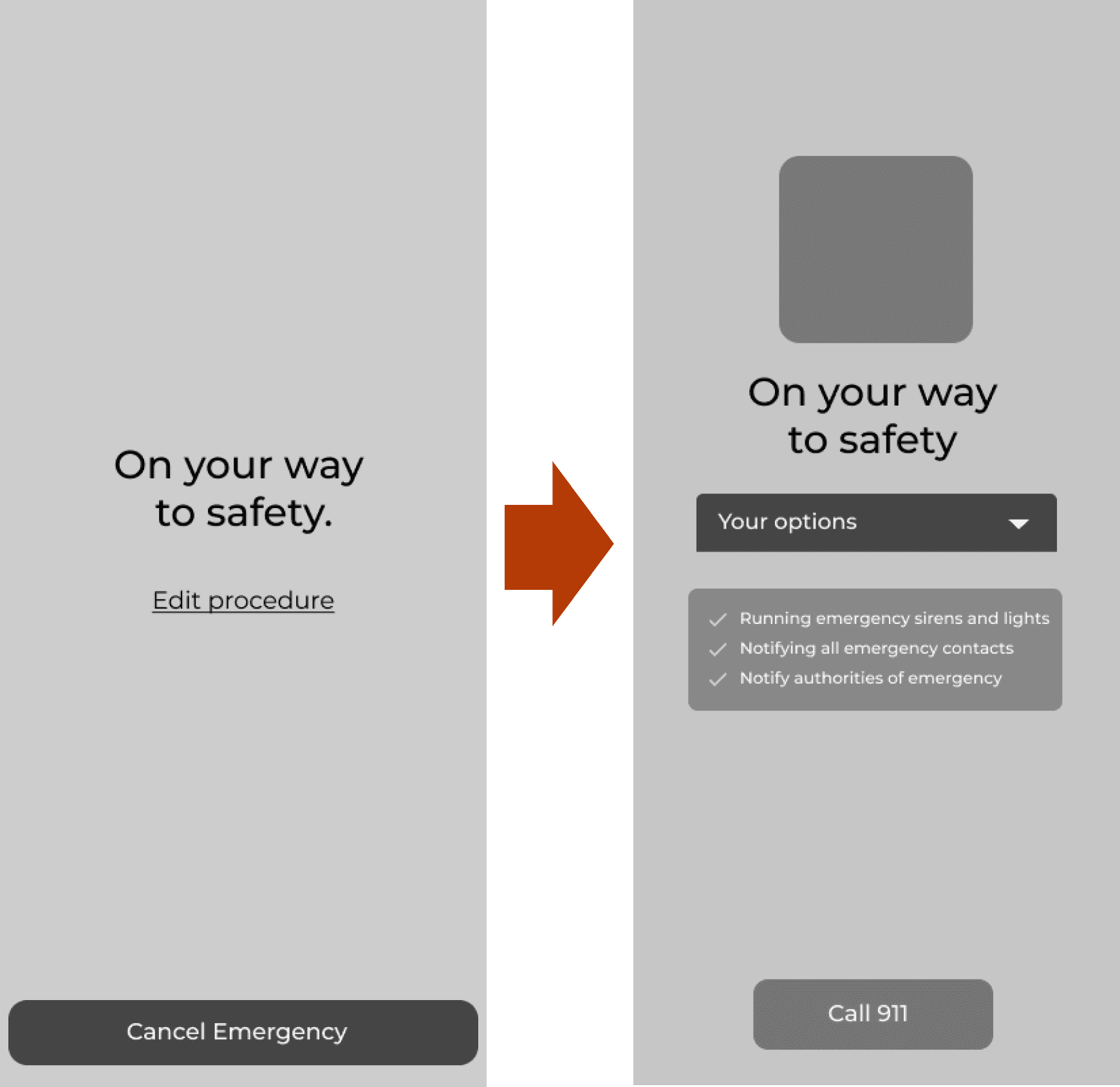
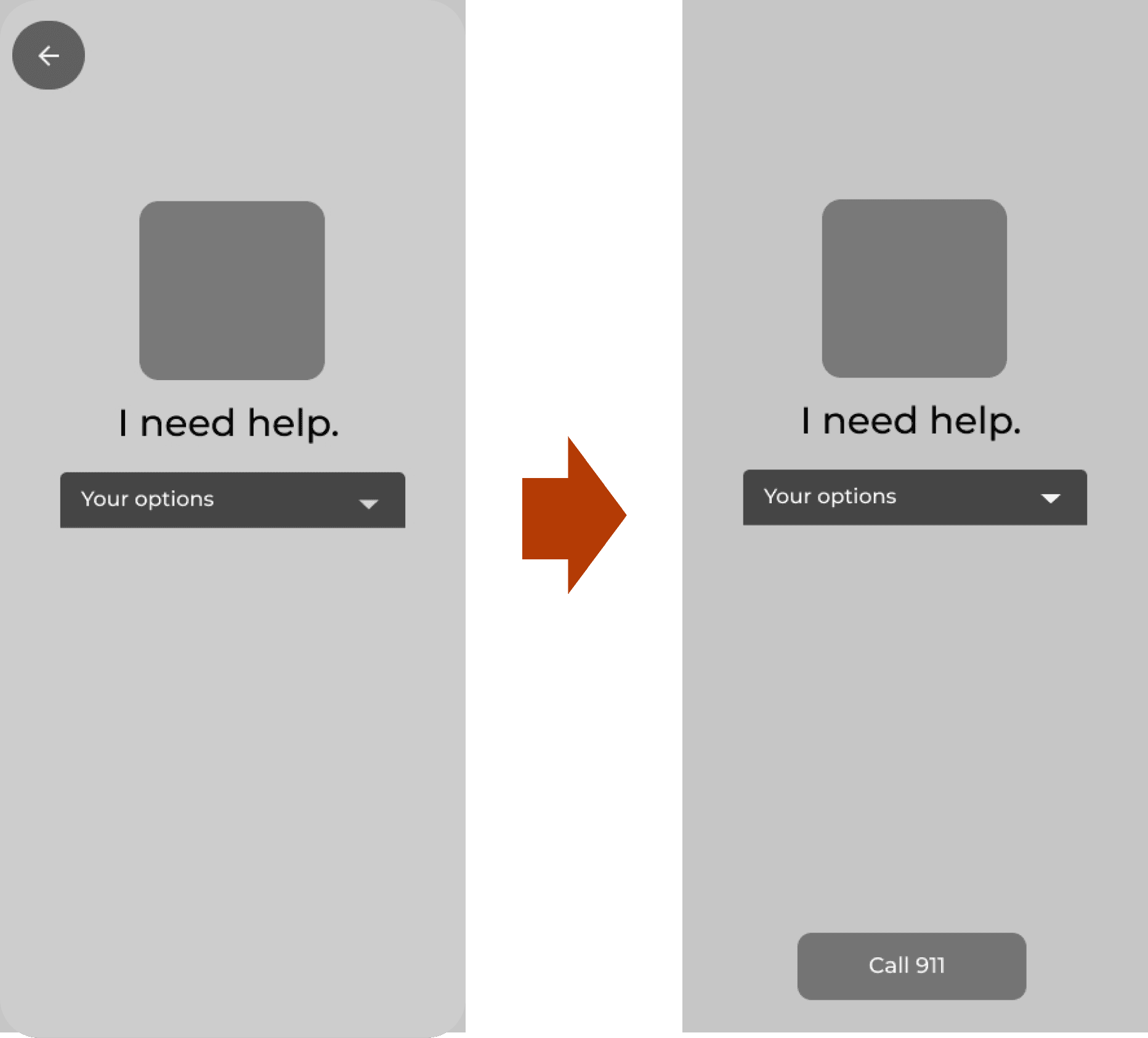
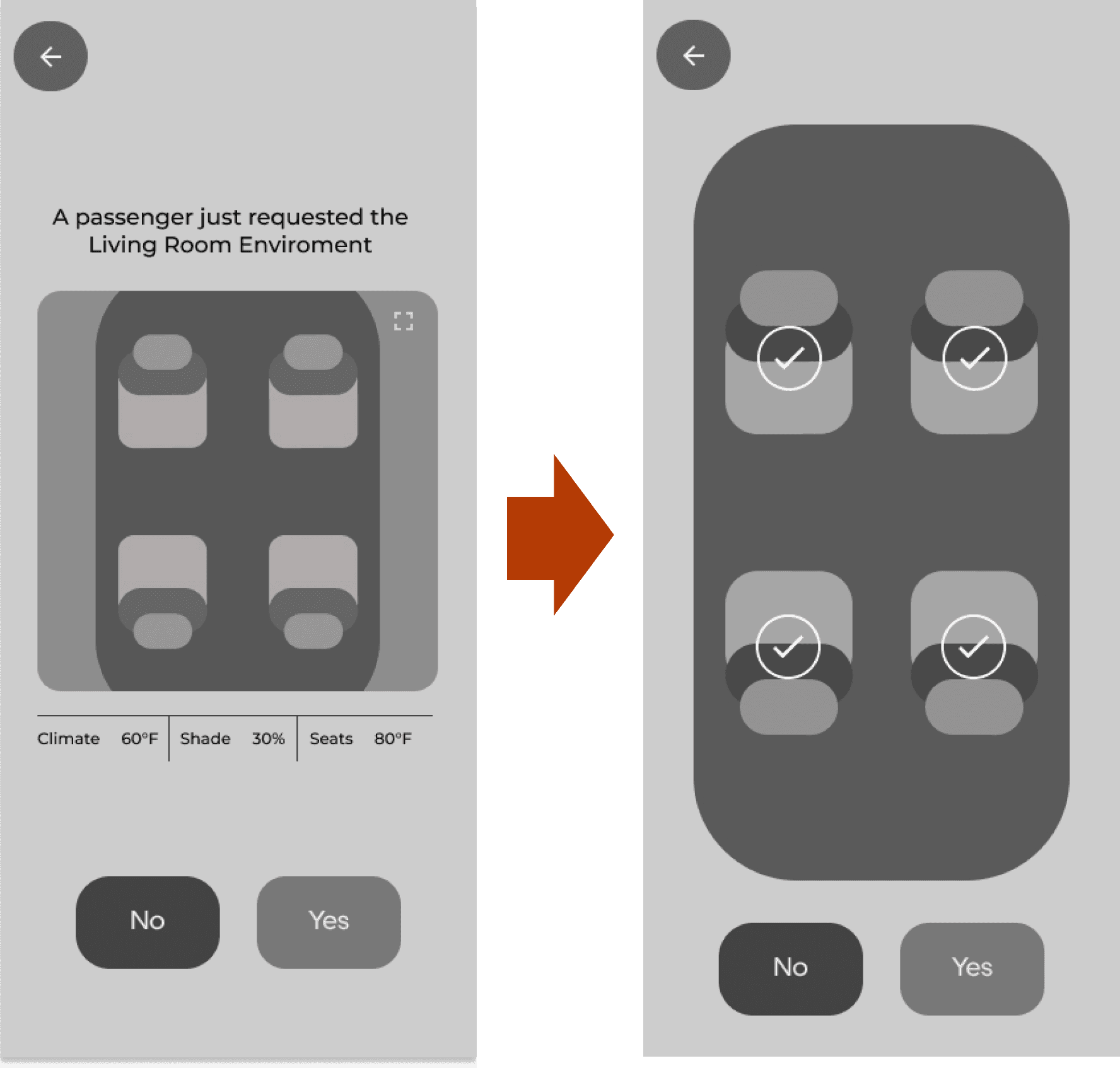


2
When users requested the vote to change environment they were met by an inactive screen, users wanted to see the anonymous accepting process
Each user is different, since emergency elements were scattered across the interface i wanted to minimize clutter and allow users who have a large enfaces on safety the ability to personalize the ui to prioritize it
Users that previously pre programmed a trigger procedure but didn't find the response suitable for the situation had the ability to edit the procedure in accordnce to the
More Customization.
More places.
Monitoring live vote
Personalization of Emergency UI elements
Pre programmed emergency procedure can be edited


1
Users always wanted to have access to the customization of their environment even before the ride started, i had not included it into the original screen.
More Customization.
More places.

2
When users requested the vote to change environment they were met by an inactive screen, users wanted to see the anonymous accepting process
Monitoring live vote

3
Each user is different, since emergency elements were scattered across the interface i wanted to minimize clutter and allow users who have a large enfaces on safety the ability to personalize the ui to prioritize it
Personalization of Emergency UI elements

4
Users that previously pre programmed a trigger procedure but didn't find the response suitable for the situation had the ability to edit the procedure in accordnce to the
Pre programmed emergency procedure can be edited
Wireframes and User tests


1
Users always wanted to have access to the customization of their environment even before the ride started, i had not included it into the original screen.
More Customization.
More places.

2
When users requested the vote to change environment they were met by an inactive screen, users wanted to see the anonymous accepting process
Monitoring live vote

4
Users that previously pre programmed a trigger procedure but didn't find the response suitable for the situation had the ability to edit the procedure in accordnce to the
Pre programmed emergency procedure can be edited
Principals i set based on my research were:
Creating solutions to avoid inter passenger conflicts and minimize tension
Creating an interface that easily and intuitively provided a wide range of customization before and during a ride
Having actions just 2 to 1 to zero taps away
After gathering all the research findings and identifying the main pain points, I proceeded to ideate and analyze potential solutions. To guide the design process, I established principles based on my research.

3
Each user is different, since emergency elements were scattered across the interface i wanted to minimize clutter and allow users who have a large enfaces on safety the ability to personalize the ui to prioritize it
Personalization of Emergency UI elements
The Final Products.
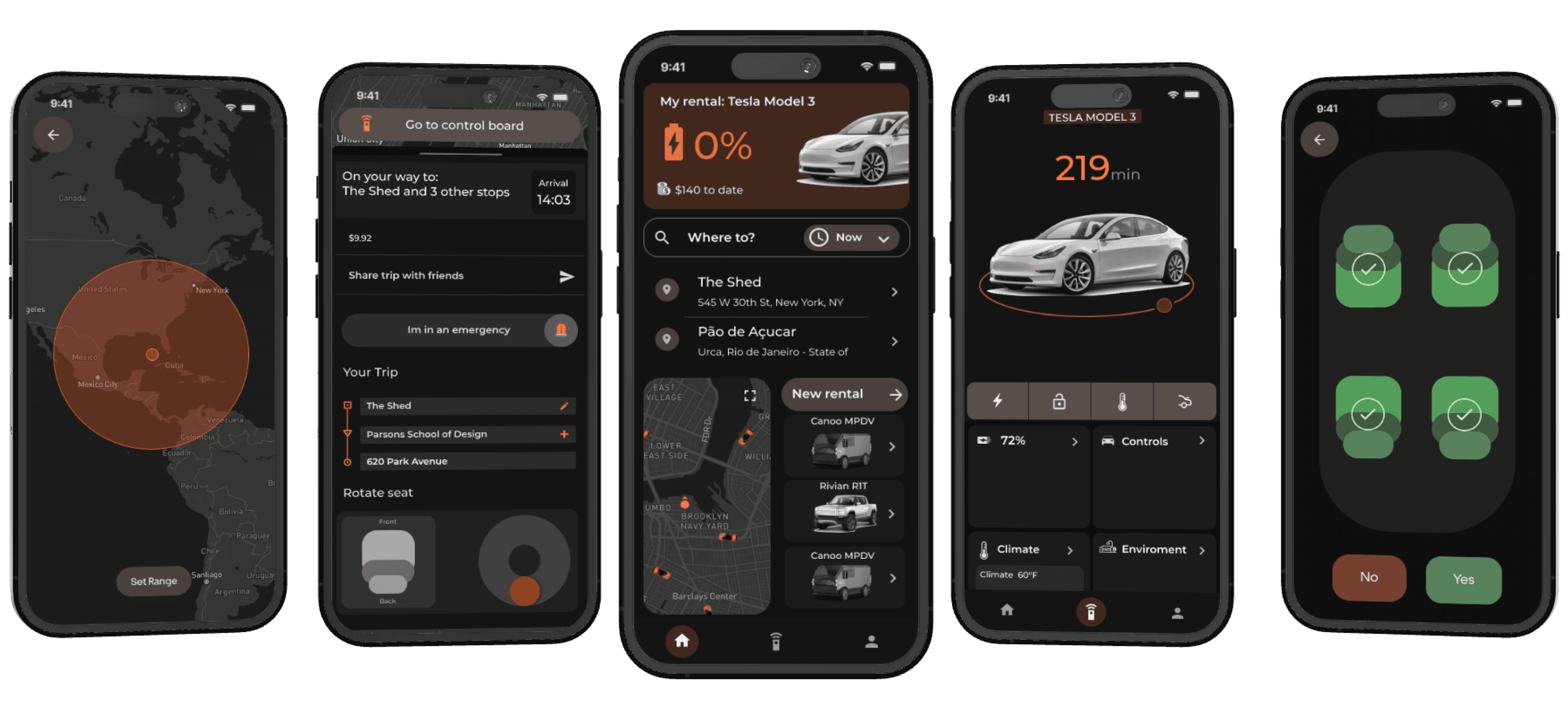

Click here to test out the prototype
Click here to test out the prototype
The Style Guide





EASE





Header 2 (Semibold) 16 pt
Header 1 (Medium) 22 pt
Main body text (Medium) 16 pt
Sec. body text (Regular) 14 pt
Button (Medium) 18 pt
Primary
Colors
Accent
Neutral
Logo
Components
Application icon
Typography
8 px layout grid
60 px layout grid
4 column grid /
16 px margins
Grid + Spacing
Onboarding illustration
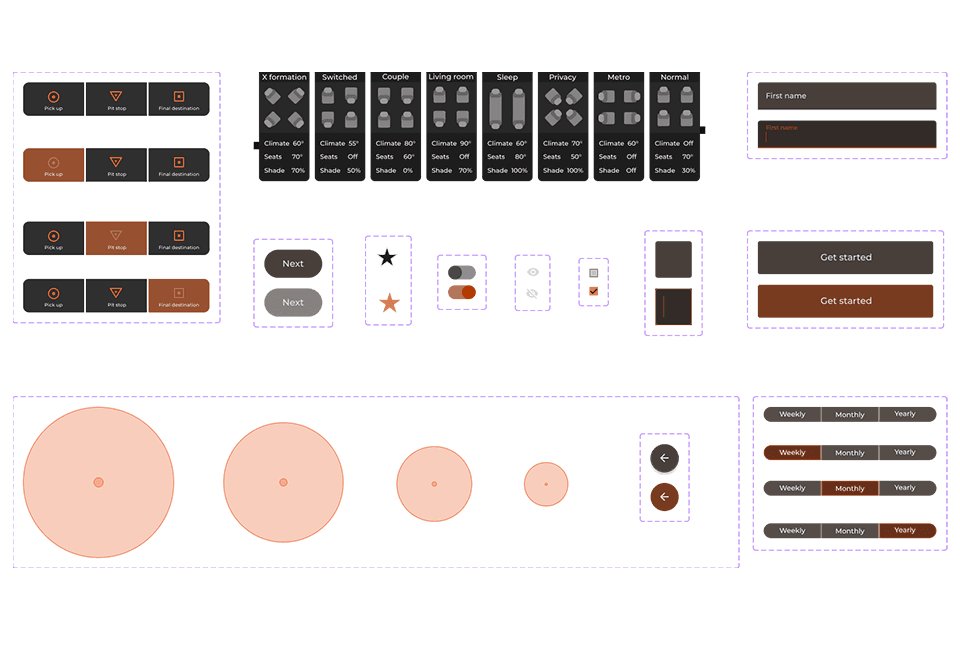
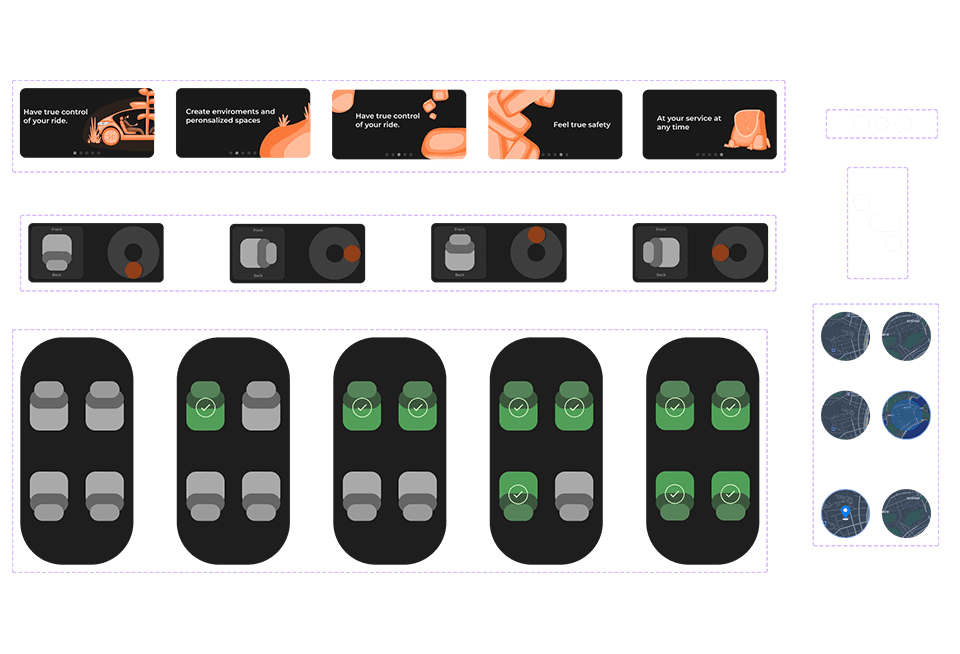
The Style Guide





Header 2 (Semibold) 16 pt
Header 1 (Medium) 22 pt
Main body text (Medium) 16 pt
Sec. body text (Regular) 14 pt
Button (Medium) 18 pt
Primary
Colors
Accent
Neutral
Logo
Components
Application icon
Typography
8 px layout grid
60 px layout grid
4 column grid /
16 px margins
Grid + Spacing
Onboarding illustration


The Final Products.


Click here to test out the prototype
The Style Guide
Colors
Accent
Neutral
Primary
Header 2 (Semibold) 16 pt
Header 1 (Medium) 22 pt
Main body text (Medium) 16 pt
Sec. body text (Regular) 14 pt
Button (Medium) 18 pt
Typography





Logo
Application icon
8 px layout grid
60 px layout grid
4 column grid /
16 px margins
Grid + Spacing
Onboarding illustration

Components

Things I’d do differently
Things I’d do differently
Being open to all types of solution - During the ideation process, I experienced a blockage in my creativity and found myself struggling to identify potential solutions. This caused a delay in the project timeline, and in retrospect, I wish I had been more open-minded from the start. However, I learned a valuable lesson from this experience, and I intend to apply it to future projects. Moving forward, I will prioritize keeping all possible solutions in mind to ensure that I adhere to the design methodology and prioritize the user's needs to the fullest extent possible.
Check listing the process doesn't mean its perfect - Initially, as this was my first UX project, I felt the need to follow a strict design methodology. I attempted various forms of primary and secondary research, which proved to be incredibly challenging given the limited amount of time I had. However, I realized that my research was leading me astray from my initial goal. I found myself delving too deeply into specific subjects and identifying issues in areas that were outside the scope of my project.
Prioritizing User Feedback - While I had conducted some user research, I realized that I could have done more to involve users throughout the design process. Next time, I plan to prioritize user feedback earlier in the design process and involve them in every step of the design process, from ideation to prototyping and testing. By doing so, I can ensure that my designs are truly user-centered and meet their needs and preferences.
Embracing Constraints - In retrospect, I realized that I could have done a better job of embracing constraints such as time, budget, and technical limitations. Constraints can sometimes feel limiting, but they can also spark creativity and lead to more practical and realistic designs, this will allow me to become a much leaner designer and also learn and leverage tools to facilitate certain parts of the process . Next time, I plan to embrace constraints and use them to my advantage.
More projects...
More projects...
